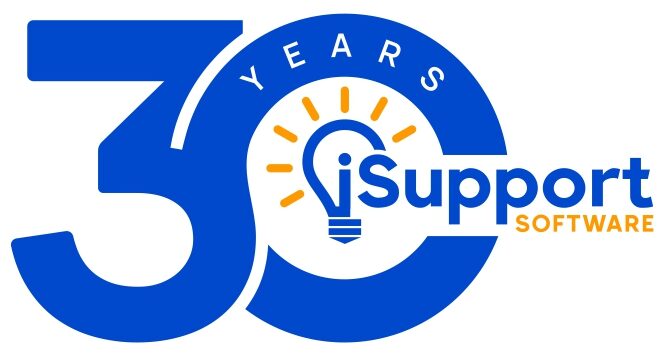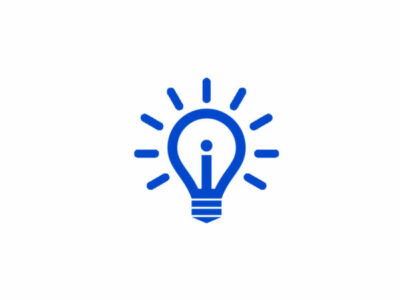Innovative Technological Developments In Health
 Technology is racing ahead at an incredible pace. Coupled with fickle consumerism, this can make it difficult to accurately predict what will and will not become a trend over the coming months. What we can be sure of is that more and more funding is being allocated to the development of digital health.
Technology is racing ahead at an incredible pace. Coupled with fickle consumerism, this can make it difficult to accurately predict what will and will not become a trend over the coming months. What we can be sure of is that more and more funding is being allocated to the development of digital health.
2014 was a record year for digital health with $6.5B invested, a 125% increase from the total amount invested in 2013. According to Unity Stoakes, President and Co-founder of digital health giant StartUp Health:
“We are living in an extraordinary moment in history where big data, sensors, genetics, connected mobile devices are making it possible for entrepreneurs to reimagine what’s possible in healthcare […] Investors ranging from angels and VCs to corporate venture and private equity are starting to bet big on digital health, which is a trend we expect to expand globally over the coming years.”
With so much money invested into the research and development of digital health last year, we are certain to begin seeing this tree bear exciting fruits. Here is a list of some of the technology trends we could potentially be using in 2015:
1. Wearables
Wearable devices such as watches and earbuds are ideally suited to the integration of digital health into our daily lives. As wearable devices they do not require the use of our hands, or in many cases active usage at all. The proximity of the worn device to our bodies also makes them excellently positioned to take medical or other fitness-based readings. Conceptually, wearables are a digital health success.
Applications
“Due to the proximity to the temporal artery, devices worn on the ear can conduct completely unobtrusive, passive monitoring and offer far more precise measurements,” says Dr. Vahram Mouradian, founder and CTO of Sensogram Technologies. “Moreover, they can deliver a wealth of wellness information, including real time blood pressure, respiration rate and oxygen saturation, in addition to the typical readings of heart rate or steps taken.”
Earbuds with basic health-monitoring applications are already in circulation, but as research widens and technology advances you should expect to see increasingly more technical and accurate devices entering the market.
For examples of more sophisticated wearable health devices, see here and here.
2. Mobile Health Apps
Increasingly we are living our lives through mobile phones, e-readers, tablets, and other devices. From entertainment to communication and financial transactions, we use our portable devices for almost everything. Incorporating these devices into the personal management of our health seems the next logical step.
Apps offering the remote analysis and regulation of health represent the ultimate stage in health care convenience. Based on this, successful apps will trend as more and more people rely on them as quick, accurate alternatives to the lengthy and outdated process of booking, traveling, and waiting for appointments. However, the approval of mobile health apps is understandably a lengthy and procedure-filled process.
Approval
This year will see the US Food and Drug Administration (FDA) review a record number of mobile health apps as digital health companies respond to the demand for more sophisticated mobile health products. As a means of conveying the difficulties surrounding the safety and legalities of mobile health apps, the FDA has approved around 100 products in the ten years that they have regulated mobile health apps.
Whether or not such apps trend depends on their accuracy and the extent of their applications. As increasing numbers of developers turn to mobile health apps, they will need to ask themselves how effective their apps are, how safe they are, and what kind of approval they will need in order to bring their app to market.
3. Prescription-Only Apps
With health apps on the increase, it is only a matter of time before they reach their next natural incarnation in the form of prescription-only apps.
A preliminary example of these is WellDoc’s BlueStar, the first “Mobile Prescription Therapy” for people living with type 2 diabetes. This prescription-only app enables users to input data about their glucose levels, diet, exercise, general well-being, and other factors, which BlueStar automatically translates into immediate patient guidance and feedback. This information is also available to the patient’s physician, allowing for the remote review of the patient’s progress by their physician prior to office visits.
The same regulatory concerns that afflict mobile health apps apply here, except exaggerated, given the heightened medical requirement of a prescription. As such, these kinds of apps are unlikely to trend in the mainstream sense. Despite this, WellDoc’s co-founder and chief medical officer Dr. Suzanne Sysko Clough does advise us to “expect to see more Mobile Prescription Therapies for many major chronic diseases over the coming years.”
4. 3D Printing
A major digital trend with health-care applications is 3D printing. This phenomenon has impacted hugely across a swath of industries, but its medical applications are arguably the most life-changing.
3D printing is the manufacture of 3D objects of almost any design based on a 3D model or other electronic data source. Admittedly, this trend might impact developers and manufacturers more than the general public. However, from the manufacture of prosthetic limbs and remote 3D printing to the printing of equipment vital to medical teaching, it is clear to see why this technology is predicted such expansive growth in the coming years.
Whatever form the future of digital health takes, we can be certain that it will be progressive and exciting. Trends toward convenience and mobile device usage are influencing some of the ways this technology is moving, offering us greater understanding and control over our personal health. If the exact future of digital health is uncertain, it is also incredibly exciting.
Share Your Thoughts
What technology do you believe will make the most difference to the healthcare industry? We’d love to hear your thoughts; get in touch on Twitter or Facebook!

